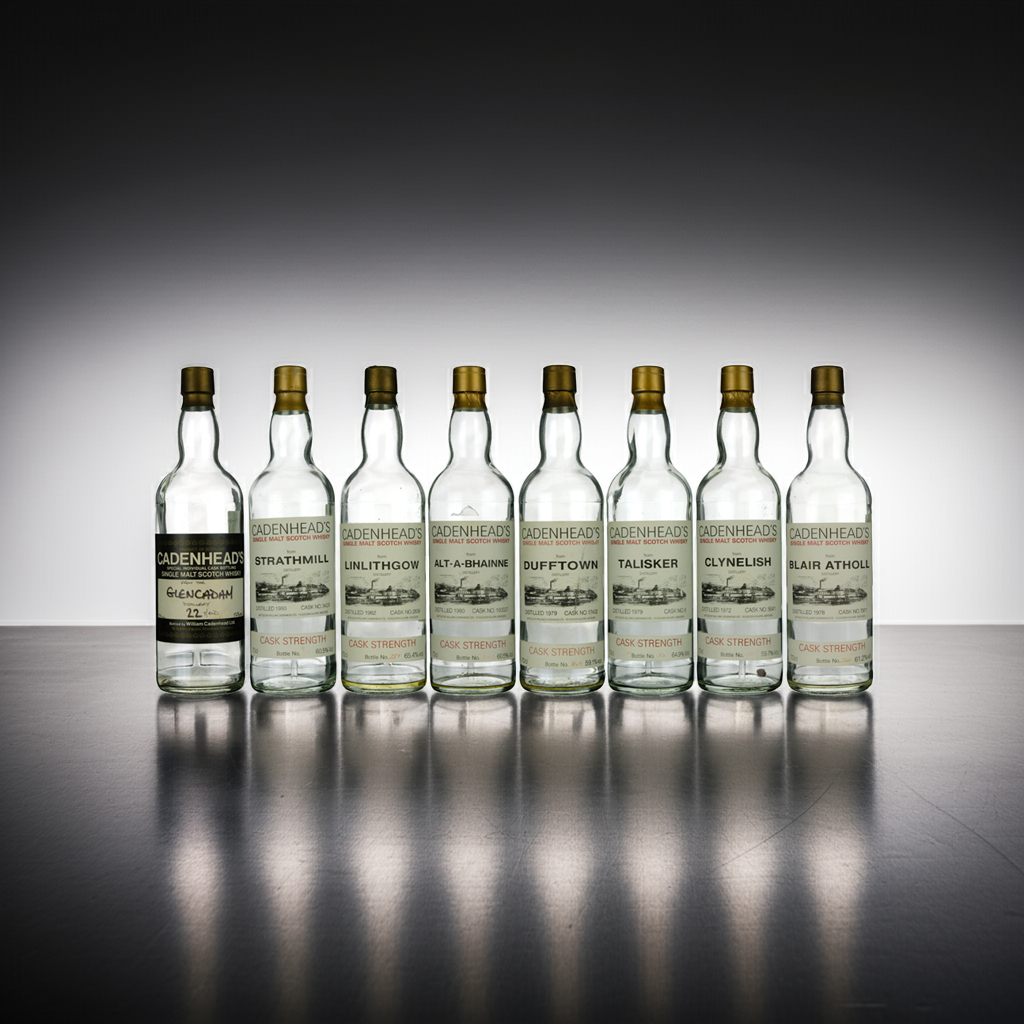Awesome dram.
So good to taste this rich malt. It has a nice lingering taste. A truly full bodied texture.
It’s mature, balanced, and lively for 14 years. You can smell the vanilla and oak. And when drank there's a soft spice taste.
perfect neat or with a splash of water. Shame not many bottles made
A beautiful smooth Dilluaine bottled by Gleann Mor. Another absolute cracker.
Great colour, great flavour, a guilty pleasure!





